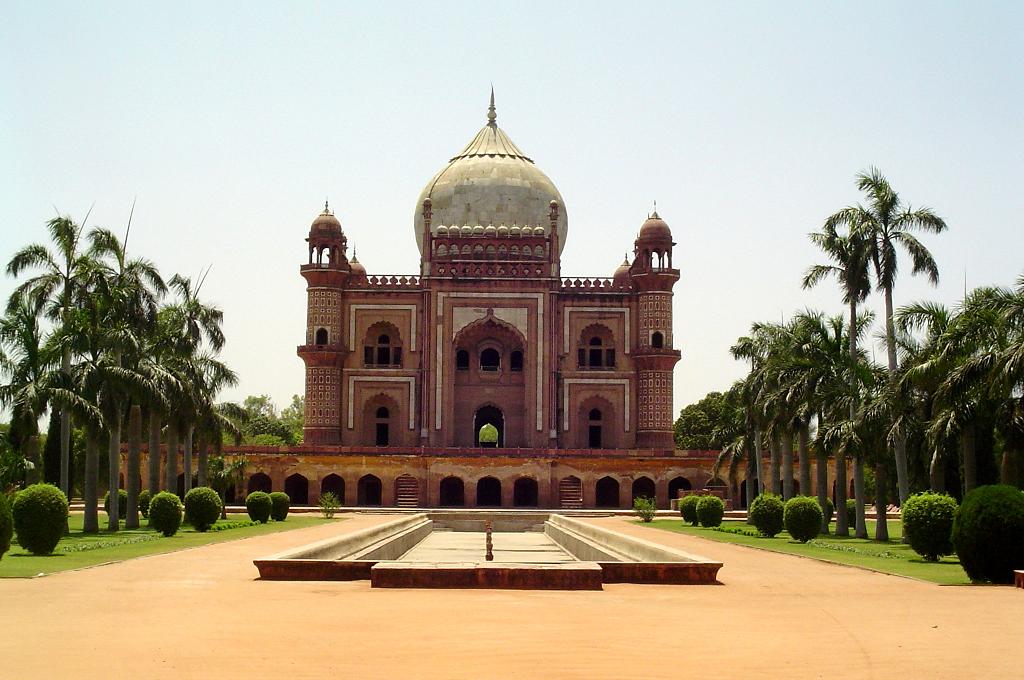Safdarjang on:
[Wikipedia]
[Google]
[Amazon]
Abul Mansur Mirza Muhammad Muqim Ali Khan (c. 1708 – 5 October 1754), better known as Safdar Jang, was a major figure at the Mughal court during the declining years of the Mughal Empire. He became the second Nawab of Awadh when he succeeded Saadat Ali Khan I (his maternal uncle and father-in-law) in 1739. All future
/ref> Safdar Jang was an able administrator. He was not only effective in keeping control of Awadh, but also managed to render valuable assistance to the weakened Emperor Muhammad Shah. He was soon given governorship of
 Safdar Jang's Tomb was built in 1754 and is situated on a road now known as Safdar Jang Road, in New Delhi.
Several other modern structures near the tomb also carry his name today like Safdar Jang Airport and Safdar Jang Hospital.
Safdar Jang's Tomb was built in 1754 and is situated on a road now known as Safdar Jang Road, in New Delhi.
Several other modern structures near the tomb also carry his name today like Safdar Jang Airport and Safdar Jang Hospital.
here
* Tomb of Safdarjun
{{Authority control Mughal nobility Nawabs of Awadh 1708 births 1754 deaths Indian Shia Muslims Indian people of Iranian descent Kara Koyunlu Politicians from Nishapur 18th-century Indian people Grand viziers of the Mughal Empire
Nawabs of Oudh
The Nawab of Awadh or the Nawab of Oudh was the title of the rulers who governed the state of Awadh (anglicised as Oudh) in north India during the 18th and 19th centuries. The Nawabs of Awadh belonged to a dynasty of Persian Empire, Persian ori ...
were patriarchal descendants of Safdar Jang.
Biography
He was a descendant of Qara Yusuf of the Kara Koyunlu. In 1739, he succeeded his father-in-law and maternal uncle, Burhan-ul-Mulk Saadat Ali Khan I to the throne of Oudh and ruled from 19 March 1739 to 5 October 1754.. The Mughal Emperor Muhammad Shah gave him the title of "Safdar Jang".HISTORY OF AWADH (Oudh) a princely State of India by Hameed Akhtar Siddiqui/ref> Safdar Jang was an able administrator. He was not only effective in keeping control of Awadh, but also managed to render valuable assistance to the weakened Emperor Muhammad Shah. He was soon given governorship of
Kashmir
Kashmir () is the northernmost geographical region of the Indian subcontinent. Until the mid-19th century, the term "Kashmir" denoted only the Kashmir Valley between the Great Himalayas and the Pir Panjal Range. Today, the term encompas ...
as well, and became a central figure at the Delhi court. During the later years of Muhammad Shah, he gained complete control of administration over the whole Mughal Empire. When Ahmad Shah Bahadur
Ahmad Shah Bahadur , also known as Mirza Ahmad Shah or Mujahid-ud-Din Ahmad Shah Ghazi (23 December 1725 – 1775 AD), was the fourteenth Mughal Emperor, born to Emperor Muhammad Shah. He succeeded his father to the throne in 1748, at the age ...
ascended the throne at Delhi in 1748, Safdar Jang became his ''Wazir-ul-Malik-i-Hindustan'' or ''Prime Minister of Hindustan''. He was also made the governor of Ajmer and became the " Faujdar" of Narnaul. However, court politics eventually overtook him and he was dismissed in 1753. He returned to Oudh in December 1753 and selected Faizabad as his military headquarters and administrative capital. He died in October 1754 at the age of 46 years in Sultanpur near Faizabad.
Tomb
 Safdar Jang's Tomb was built in 1754 and is situated on a road now known as Safdar Jang Road, in New Delhi.
Several other modern structures near the tomb also carry his name today like Safdar Jang Airport and Safdar Jang Hospital.
Safdar Jang's Tomb was built in 1754 and is situated on a road now known as Safdar Jang Road, in New Delhi.
Several other modern structures near the tomb also carry his name today like Safdar Jang Airport and Safdar Jang Hospital.
See also
* ''Safdar Jung'' (film) *Safdarjung (Delhi)
Safdarjung area consists of mainly two localities in South Delhi, namely Safdarjung Enclave and Safdarjung Development Area (SDA). There are several districts (called ''colonies'') in Delhi located south to the tomb of Safdarjung, the second ...
*Abul-Hasan ibn Mirza Ghiyas Beg
Abu'l-Hasan ( 1569 - 12 June 1641) entitled by the Mughal emperor Jahangir as Asaf Khan, was the ''Grand Vizier'' (Prime minister) of the fifth Mughal emperor Shah Jahan. He previously served as the ''Vakil of the Mughal Empire, vakil'' (the highe ...
Notes
References
External links
* Indiacoins has an article on Safdarjunhere
* Tomb of Safdarjun
{{Authority control Mughal nobility Nawabs of Awadh 1708 births 1754 deaths Indian Shia Muslims Indian people of Iranian descent Kara Koyunlu Politicians from Nishapur 18th-century Indian people Grand viziers of the Mughal Empire